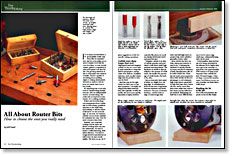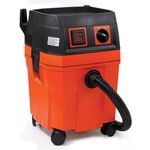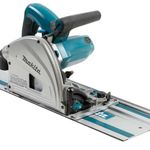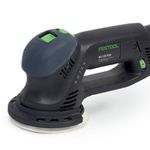All About Router Bits
How to choose the ones you really need
Synopsis: Jeff Greef takes a look at router bits to help you buy wisely. He discusses the history of the router and the longevity of steel and carbide. He spells out in detail which bits are better for which specific cuts, explains how arbors with removable cutters are more versatile, and how replaceable cutters and special coatings affect performance. Anti-kickback designs are widely available, he says, and he explains how to spot a quality bit. The article includes tips on choosing bits and adding to your collection.
For many woodworkers, a good-quality router may seem like an expensive tool. But few of us realize as we start to acquire tools that the cost of a router, or even several routers, pales in comparison to what we’ll spend over time for bits. The growing selection of bits is what makes the router so versatile. They’re capable of everything from molding edges to cutting raised panels. But with so much to choose from, it’s harder than ever to buy wisely.
It’s surprising that a tool with roots in metalworking should become such an indispensable tool for woodworking. The router has no hand-tool counterpart—it’s a milling machine.
Router and bit technology was transplanted first to industrial woodworking operations and then to the small shop. And industry is still the source of advances we see in bit design. At one time, for instance, carbide was an exotic material for industrial use only. Now it’s more common than steel.
Similarly, new materials, coatings and bit styles are slowly working their way into the mainstream. It’s easy to amass a wallet-flattening, littleused collection. You have to weigh the bit’s intended use as well as its cost and overall quality. The story on pp. 46-47 gives suggestions on bits for specific cutting operations.
Carbide stays sharp longer than steel
High-speed steel and tungsten carbide are the two most widely used materials in router bits. Steel is inexpensive, and because of its uniform crystalline structure, steel can take a keen edge and can produce a very smooth finish.
Steel bits may be the right choice for short runs or onetime operations. You easily can sharpen flat-fluted steel bits and, with a grinder, modify the profile. But steel wears quickly, especially in highly abrasive materials like plywood, medium density fiberboard (MDF) and particleboard.
Tungsten carbide is an alloy of carbide granules and powdered cobalt fused under high pressure and temperature. The hardness of carbide is directly related to the amount of cobalt used—the smaller the percentage of cobalt binder, the harder the alloy.
But an extremely hard metal is brittle, too fragile for a cutting edge. So manufacturers strive for the best compromise between hardness and shock resistance. Because of extreme hardness, carbide holds an edge 25 times longer than steel. And although more expensive than steel, carbide is generally a better value.
Most carbide bits have carbide-cutting tips brazed to a steel body, combining the hardness of carbide and the economy and shock resistance of steel. Manufacturers also offer solid carbide bits.
From Fine Woodworking #116
For the full article, download the PDF below:
Fine Woodworking Recommended Products

Fein Turbo II HEPA Wet/Dry Dust Extractor

Makita SP6000J1 Track Saw

Festool Rotex FEQ-Plus Random Orbital Sander






















Log in or create an account to post a comment.
Sign up Log in